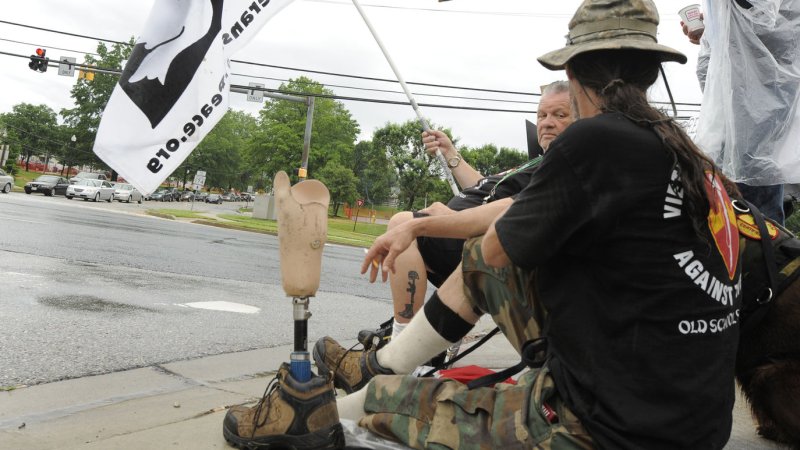Zac Vawter, 32, operates his leg with his brain, like anyone else. His leg is a "marvel of 21st century engineering," however.
Vawter is the "test pilot" for a new bionic leg -- the first of its kind to communicate with the brain. Arm prosthetics have been programmed as such before, but never before have leg prosthetics provided the same type of mobility.















